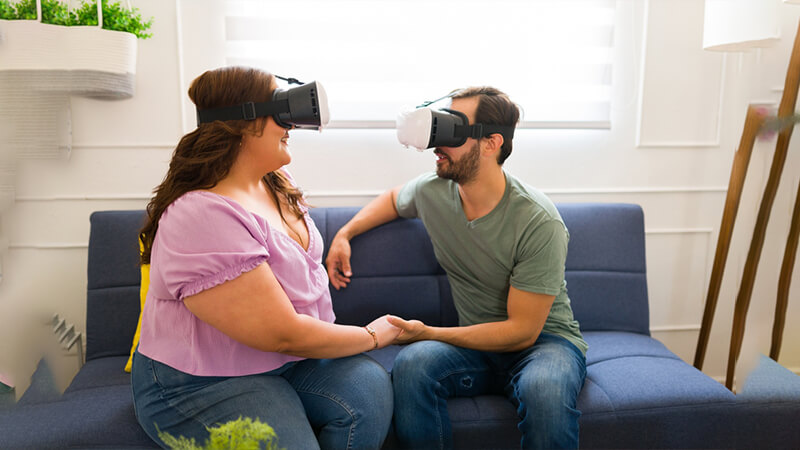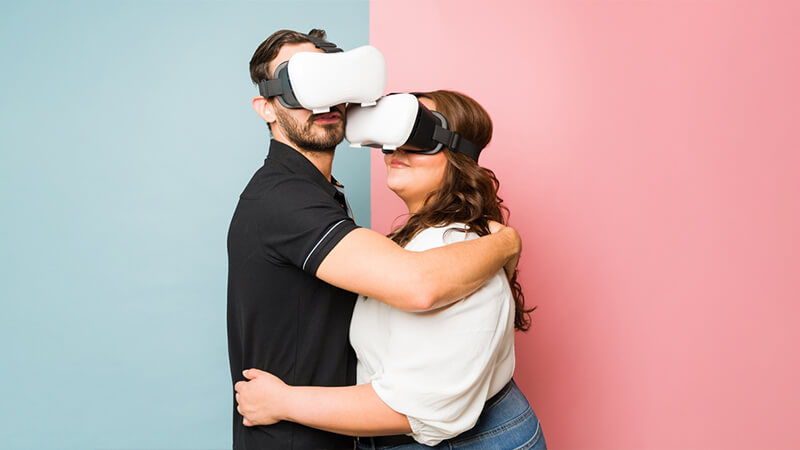As someone deeply immersed in the tech world, it’s impossible not to feel a sense of excitement about the marriage of two of the most transformative technologies of our era – Artificial Intelligence (AI) and Augmented/Virtual Reality (AR/VR). This blend of technologies promises to reshape the way we interact with the digital world, and it’s fascinating to observe and decipher its potential from a human-centered perspective.
AI, with its ability to mimic human intelligence and automate tasks, has already made significant strides in various sectors. AR/VR, on the other hand, is bringing about a revolution in how we experience the world by blending the virtual with the real or creating entirely new virtual environments. The convergence of these technologies can amplify their individual strengths, creating a symbiotic relationship that can herald an era of unprecedented innovation.
To understand the value of this convergence, let’s consider some real-world scenarios. AI can help AR/VR become more immersive and personalized. AI algorithms can analyze a user’s behavior, preferences, and interactions within an AR/VR environment and then adjust the experience in real-time based on the insights gained.
Imagine a VR-based educational program that uses AI to track a student’s progress, identifies their strengths and weaknesses, and then customizes the VR experience to target areas where the student needs improvement. This creates a personalized learning environment, which can significantly enhance the effectiveness of education.
Conversely, AR/VR can enhance the utility of AI by providing a more natural, intuitive interface for human-AI interaction. It’s one thing to receive recommendations from an AI via text or speech, but it’s an entirely different and more engaging experience to have AI guide you through a virtual world, interact with virtual objects, or even see data visualizations in three dimensions.
Moreover, AR/VR can augment AI training processes. Machine learning algorithms, a subset of AI, often require large datasets for training. Here, VR can provide a safe and controlled environment to generate synthetic data for AI training. For instance, in autonomous vehicle development, VR can simulate various driving scenarios for training AI models, significantly reducing the risks and costs associated with real-world training.
However, the merging of AI and AR/VR is not without challenges. Questions about privacy, data security, and ethical use of technology come into play. Users’ behavioral data will be integral in creating personalized AR/VR experiences, which makes the protection of this data paramount. Also, ensuring equal access to technology and preventing the deepening of the digital divide is a significant concern.
As we stand on the cusp of this new tech era, our role is not just to marvel at the possibilities, but also to thoughtfully question and guide its development. The end goal must always remain the betterment of the human experience. It’s a thrilling time to be a part of this journey, and I look forward to further exploring this space and sharing these explorations with you. Stay tuned as we continue to dive deeper into the ever-evolving world of AI and AR/VR.



